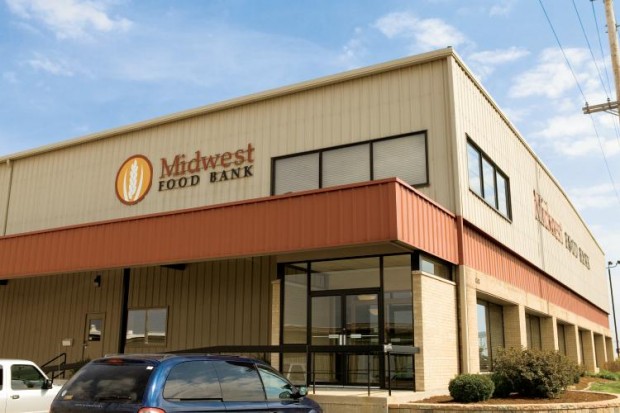
The success seems impossible, a volunteer says. Others label it amazing. And the numbers prove astounding.
In 2003, Midwest Food Bank served 10 food pantries from an old farm building. Less than a decade later, its four warehouses aid an impressive 696 food pantries in seven states. More than 400,000 hungry people receive food every month through the pantries and nonprofits helped by the food bank.
The food bank functions strictly on donations, whether food or funds. Monetary donations fuel its fleet of trucks and fund warehouse operations, including minimal staff. Bloomington’s warehouse alone operates with 1,800 volunteers and only three paid staff members.
“We never intended for it to be more than 10 agencies,” says Illinois farmer Dave Kieser, founder and volunteer president.
To explain the success, he references hymn 302 from his church hymnal, How Great Thou Art.
“When I think about what happened at the food bank, I have to think about how great God is.”
Purpose-Driven Success
The faith-based, non-denominational Midwest Food Bank collects food and funds from individuals, businesses and food corporations. Through a meat program, farmers also donate about 5,000 pounds of pork monthly.
Volunteers and staff redistribute the donated food to pantries, churches and similar nonprofits that feed the hungry.
The donations certainly make a difference in the state. According to Illinois State University, some 55 percent of food that Illinois nonprofits receive comes from the Midwest Food Bank. In 2011, the food bank distributed $33.2 million in food, all at no cost to the recipients.
“I always think, as a nonprofit, we have a very simple story to tell,” says Mike Meece, administrator at the Bloomington location. “It’s food and service. That’s something that resonates.”
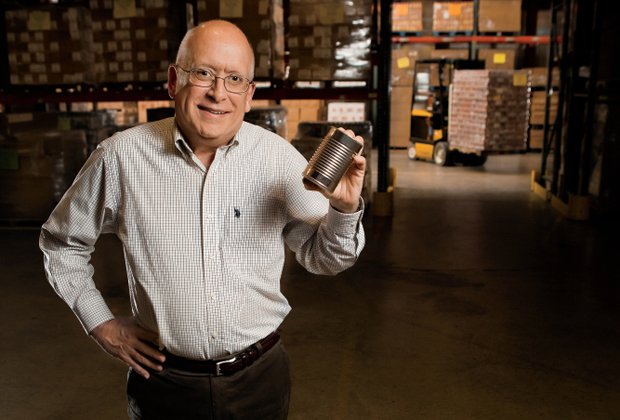
Brothers Dave, Robert and Paul Kieser and their families founded the food bank on their Central Illinois farm in 2003. Within three years, the food bank owned three warehouses in Peoria, Bloomington and Indianapolis. In 2011, it added a warehouse in Georgia.
Today, the food bank serves nonprofits in Illinois, Indiana, Iowa, Kentucky, Missouri, Ohio and Georgia. Nationwide, as a provider to the Salvation Army, it prepares and distributes relief boxes. Each box provides five days of food and hygiene products for three people.
The food bank’s first relief effort came with Hurricane Katrina in 2005. Dave Kieser and wife, Wilma, drove a semi-truckload of food and health items to the victims. The devastation prompted the food bank’s response of 165 loads in semi-trucks within two years. This year, food bank already has provided several truckloads of supplies to victims of Hurricane Isaac.
In 2011, Illinois volunteers drove 14,049 miles to deliver 12,764 relief boxes, primarily from the Bloomington site.
This Central Illinois warehouse resembles that of a major retailer. Floors stay well swept. Shelves neatly store products from floor to the 24-foot ceiling. A pallet jack works from a walk-in cooler. Lines mark safe zones. And workers – rather, volunteers – tackle tasks in organized fashion.
Food producers and grocers contact the food bank when they have food to donate. Volunteers drive to pick it up.
The quantities may prove too large for a single food pantry to handle, for example, pallets of granola bars, crates of beverages or massive bags of green beans.
“We’re a link between the donor and agencies that need it,” Kieser says.
The food bank equally values donations from families and group food drives. Monetary donations pay for special projects and voids in food staples.
In a new endeavor, the bank uses donated bulk goods to develop nutritious meals. For example, it packages a chicken and rice meal enhanced with vitamins and minerals. The recipient simply adds boiling water.
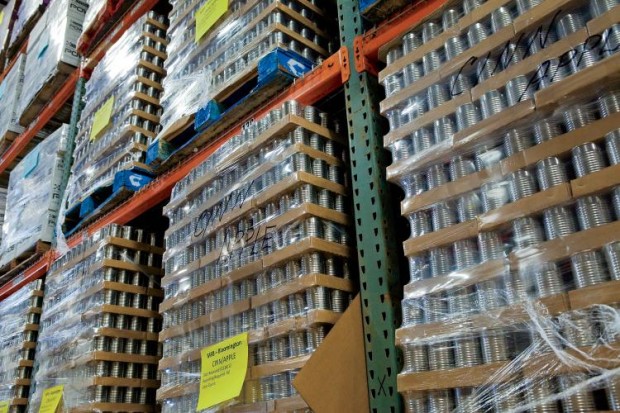
Volunteers Provide Foundation
In 2011, Midwest Food Bank counted 26,362 volunteer hours in Bloomington, its mothership warehouse. Volunteers range in age from 10 to 94.
“There is more going on here than food,” Meece says.
The service uplifts people. John Hassebrock, the 94-year-old, volunteers to “get out of the house.” More seriously, he says he loves the work and the purpose it gives him.
So does his daughter, Lorraine Wilmert of Bloomington.
“I love helping and serving. That’s what we’re here for is to serve others,” she says. “It’s just amazing how many people day after day serve.”
Volunteers serve in groups, such as Scouts, though many others serve as individuals. Some come just once; others serve multiple days each month. Many volunteer during the busy loadout weeks, when food pantries, churches and similar nonprofits pick up food.
From his desk station, volunteer Stan Hodel looks down a warehouse aisle. The area bustles with activity on its fourth day of loadout week at the Bloomington warehouse.
Vehicles with open trunks line the center. Volunteers lift flat boxes of food from pallets and place them on carts. More volunteers unload the carts into the trunks. Some people mark clipboards and deliver papers to Hodel. The energy seems contagious.
“I think it’s absolutely amazing,” he says. “It’s almost impossible to think of the way that it started out there on the farm and what it’s grown to.”
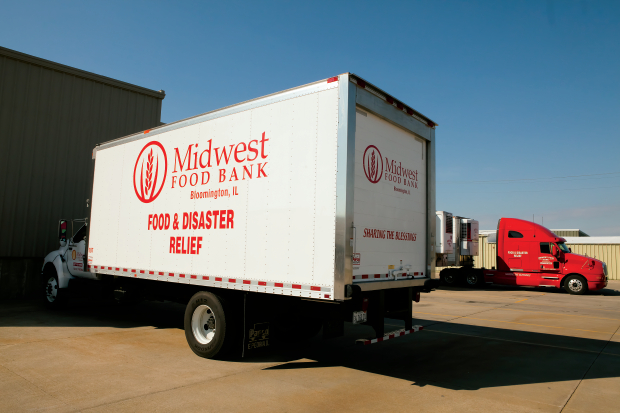


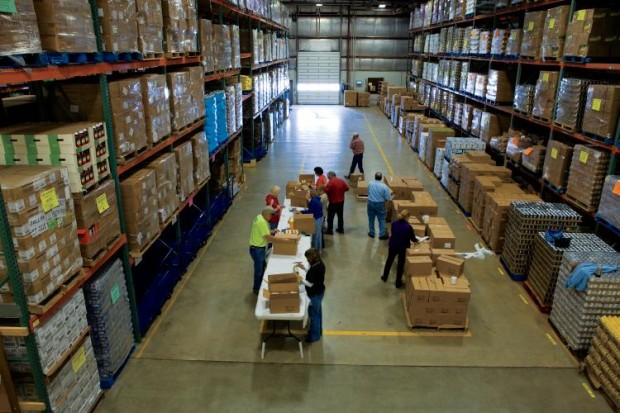


Hello how can I help to work there please let me know